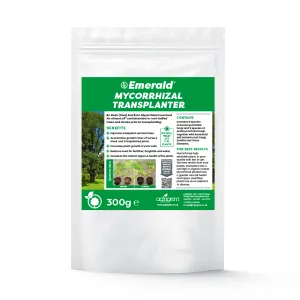The good news is that olive trees will grow well in the UK. They grow slowly, but form interesting shapes and structures as they mature, making them a popular choice for small to medium-sized gardens.
Older olive trees can have large trunks that twist and bend, making them highly distinctive and attractive additions to the home or garden – either planted in the ground or grown in a pot (where they will grow well if properly cared for).
But in the UK, we may have to be content admiring their form, because getting them to grow olives is not so easy away from the warmer temperatures of oil producing Mediterranean countries.
Choosing a position
Choose a sunny sheltered position for your olive tree. Although there are many varieties that will tolerate our cooler weather, it still pays to imagine their natural habitat – dry and warm – and try and provide as much light and protection from wind as you can for your new tree.
Your tree will need fully protecting from frost, so arming yourself with some horticultural fleece in autumn is wise if you are growing your tree in the ground.
Planting
If you are planting in the ground, you will need to help the tree establish itself quickly. A product containing mycorrhizal fungi will help achieve this and improve its health.
Olive trees can be planted at any time of year as long as the ground isn’t frozen, but do make sure the soil drains well, adding grit or clay breaker to heavy clay soils will help improve it.
If your olive tree is going to grow in a pot, ensure it is a terracotta pot rather than a plastic one to help create the right soil conditions.
Your soil should be free-draining, but if using compost, choose a peat-free variety with some grit added in.
On-going care
For pot-grown olive trees and trees grown in the ground, you will need to water them regularly during the warmer months. Olive trees are fairly drought tolerant, but care is required for trees grown in the ground in their first few years.
Pot grown trees will require continual watering and feed for their entire life. Use a specialist olive tree feed to ensure it gets all the nutrition it needs for healthy growth.
You should also use feed for trees grown in the ground as it is unlikely they will receive all the nutrition they need from garden soil. Feed should be applied every few weeks during the growing months of May to September.
Don’t let the soil dry out completely, but importantly, be careful not to over-water too, particularly in the winter if there is a risk of waterlogging. For pot grown olive trees, raise your pot off the ground using pot feet so any excess water drains away.
Your olive tree won’t need much pruning, but if you are shaping it or removing bare branches, do this in late spring when there is no risk of frost. You do not need to prune your tree to produce olives.
Potted olive trees will prefer to be outside, but always keep an eye on the weather forecast, as damage can still occur above freezing point if there is frost.
It is normal for your olive tree to shed some leaves in late spring despite being an evergreen. However, excessive leaf drop can be a sign of over or under watering, nutrient deficiency, or the tree may have become pot-bound and will need repotting.
Producing olives
If your tree does produce olives, it is a sign it has the right conditions. However, it is unlikely to produce any fruit at all for its first few years, so patience is needed if your aim is to produce a harvest.
Do not be disheartened if your tree never produces fruit; this could just be that your tree is not receiving enough warmth and light! If it is pot grown, try repositioning it to a sunnier spot where it can receive at least six hours of full sun each day.








